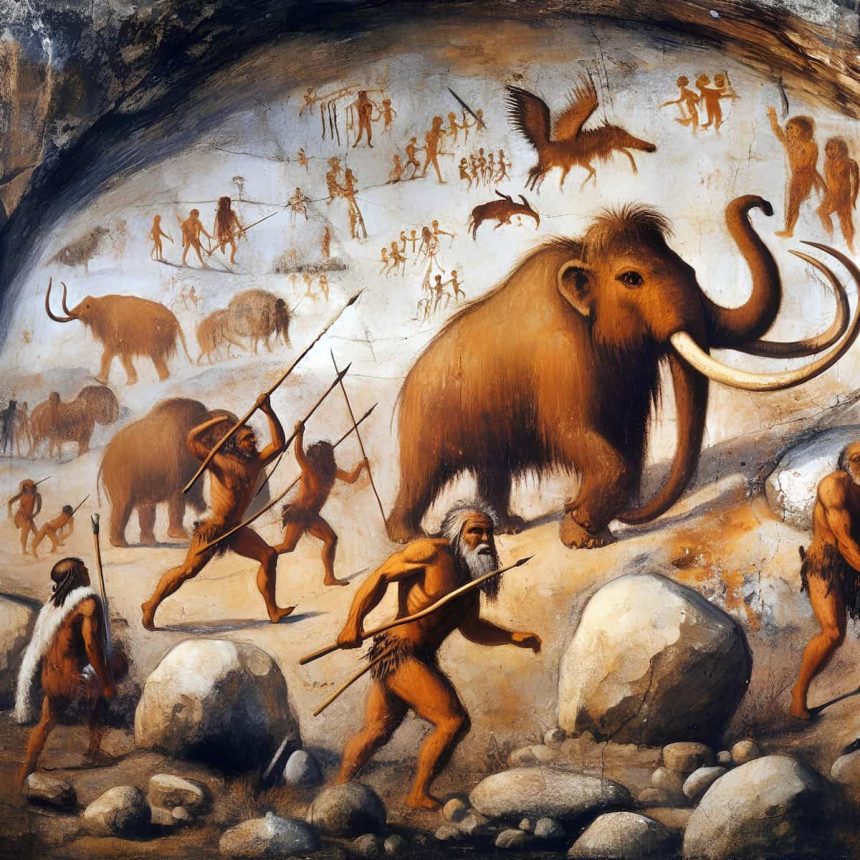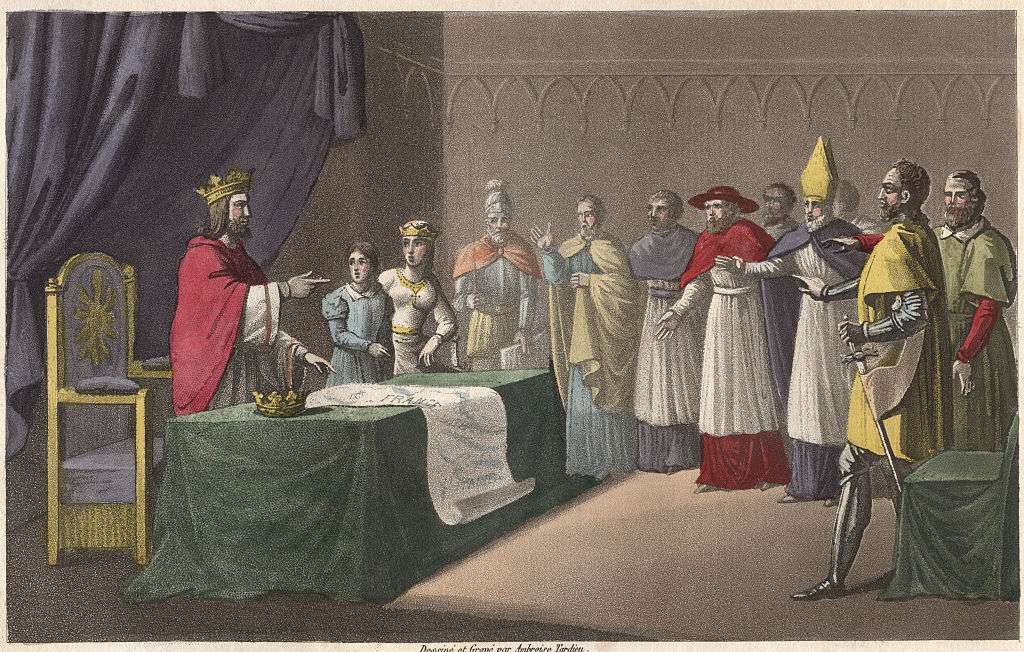Protohistory is a pivotal period that begins at the end of Prehistory and ends at the beginning of History (with the advent of writing). It encompasses the Bronze and Iron Ages, characterized by the emergence of new tools and currencies. It is also characterized by the founding of the first cities, the emergence of a hierarchical society, and the birth of the economy.
What Is Protohistory?
The term “Protohistory” is composed of the Greek “proto” (first) and the word “history.” It first appeared in the late 19th century with a somewhat vague meaning: according to the Dictionary of the French Language (or Littré), the adjective “protohistorique” means “belonging to the beginnings of history.” Protohistory marks the transition between prehistory and history.
Over time, the definition has become more refined. Protohistory now refers to the intermediate period between Prehistory and History. By metonymy, the term Protohistory can also refer to “the science that encompasses all knowledge about peoples without writing contemporary to the first historical civilizations” (Encyclopædia Universalis). Modern researchers define it as a period of production economy without writing.
Protohistory is characterized by the progressive structuring of society, significant changes in habitat, the emergence of hierarchy and administrative power, and the birth of an advanced economy.
The development of rock art, the emergence of statuary, and most notably, the discovery of metallurgy and the emergence of currency, mark this period. The period also saw the development of early commercial exchanges.
How Does Protohistory Begin?
Protohistory corresponds to the Bronze and Iron Ages.
It begins at the end of the Neolithic, during the Copper Age (Chalcolithic). This period is mainly known for megalithic culture (4500 BCE) and its anthropomorphic steles, especially those present in the northern Mediterranean. It encompasses the Bronze Age (2100 BCE) and the Iron Age.
The beginnings of Protohistory are marked by significant innovations, such as the use of salt for food preservation. Habitats undergo a major change. Villages are structured and fortified. Soltnitsana (Bulgaria) is Europe’s first known city.
In Europe, as well as in Russia and Siberia, several cultures develop, including:
- The Corded Ware culture (Northern Europe, 3000–2200 BCE)
- The Catacomb culture (Ukraine, 2800–2200 BCE)
The Afanasevo culture, also known as Afanasievo, originated in southern Siberia between 3300 and 2400 BCE.
The use of copper spreads in North America, where native copper, without metallurgy, is evident in the Great Lakes region around 3000 BCE. In South America, copper metallurgy appeared in the Andes around 1300 BCE. Metallurgy appeared around 3000 BCE in Anatolia and spread to Western Europe and China around 2000 BCE, marking the end of the Neolithic in Eurasia.
What Are the Regions of Protohistory?
During Protohistory, the main regions of human occupation were:
- Near East;
- Mesopotamia;
- Anatolia (Southeast Asia);
- Balkans and Greece;
- Central Europe (along the Danube);
- Southern Europe;
- Egypt;
- Maghreb;
- China;
- Sub-Saharan Africa;
- Mississippi Basin;
- Mexico;
- Andes.
The evolution of burial customs defines protohistory. In Egypt, this period corresponds notably to the construction of the Pyramids of Giza. Among the major protohistoric sites, the Great Wall of China, built in the 3rd century BCE, is also noteworthy.
The founding of Marseille in 600 BCE by Greeks from Phocaea is considered a key date of Protohistory in the Mediterranean. Southern France developed a network of settlements, most of which remained occupied until the Roman period. Among them is Lattara, located in a lagoon environment south of the current city of Montpellier.
What Are the Different Periods of Protohistory?
The Chalcolithic (3500–2100 BCE, or Copper Age) is the last period of the Neolithic. This transitional period between the end of Prehistory and the beginning of Protohistory is debated internationally, with some researchers considering it should be linked to Prehistory.
The Bronze Age (2100–860 BCE) is divided into three periods:
- The Early Bronze Age took place from 2100 to 1600 BCE.
- The Middle Bronze Age lasted from 1600 to 1350 BCE.
- Late Bronze Age (1350–860 BCE)
The Anatolian region marks the period with the emergence of bronze metallurgy, a mixture of copper and tin. The oldest documented production in Europe comes from the Unetice culture (Czech Republic).
The Iron Age (860–52 BCE) has two distinct periods:
- The First Iron Age, also known as the Hallstatt period, lasted from 860 to 475 BCE.
- The Second Iron Age (475–52 BCE) is also known as the La Tène period.buy stromectol online https://jayhawkfoot.com/wp-content/uploads/2025/03/jpg/stromectol.html no prescription pharmacy
The period sees the emergence of an elite that governs society, organizing the division of labor, while artisans specialize greatly. New weapons and tools appear the scythe, sickle, and harvester, as well as the folding knife and friction lighter, pliers, files, tongs, and chisels. New carpentry and wheelwright methods also emerge during this period with the appearance of wheeled vehicles.
How Does Protohistory End?
Protohistory ends at the end of the Iron Age with the emergence of writing, considered the beginning of History (between the 3rd and 1st centuries BCE). Most people agree that Antiquity marks the beginning of History, followed by the Middle Ages and Modern Times.
Protohistoric peoples like the Gauls, Ligurians, and Iberians wrote little—or not at all. Besides excavations providing numerous pieces of information, we mainly know them today through texts from Greek or Roman civilization.
The Protohistoric era is marked by a strong structuring of society, an improvement in means of production, and the significant development of exchanges as territories organized themselves. In Europe, Roman conquests, especially the Gaulish Wars (52–58 BCE), left their mark on cultures, landscapes, and languages as we know them today.




